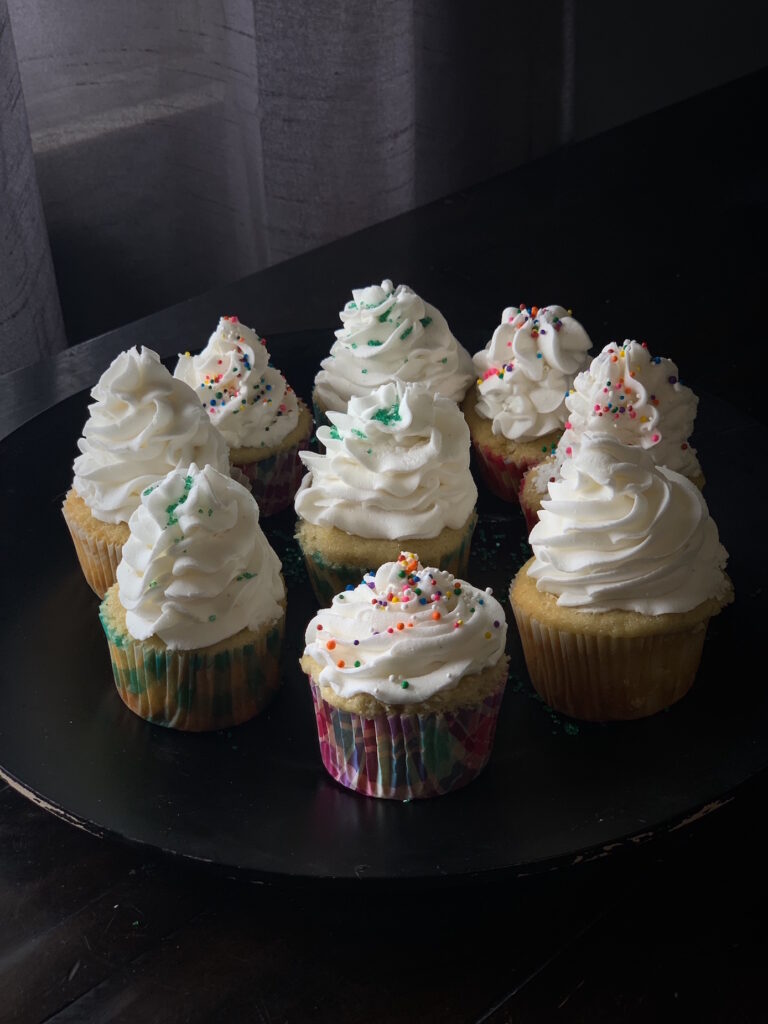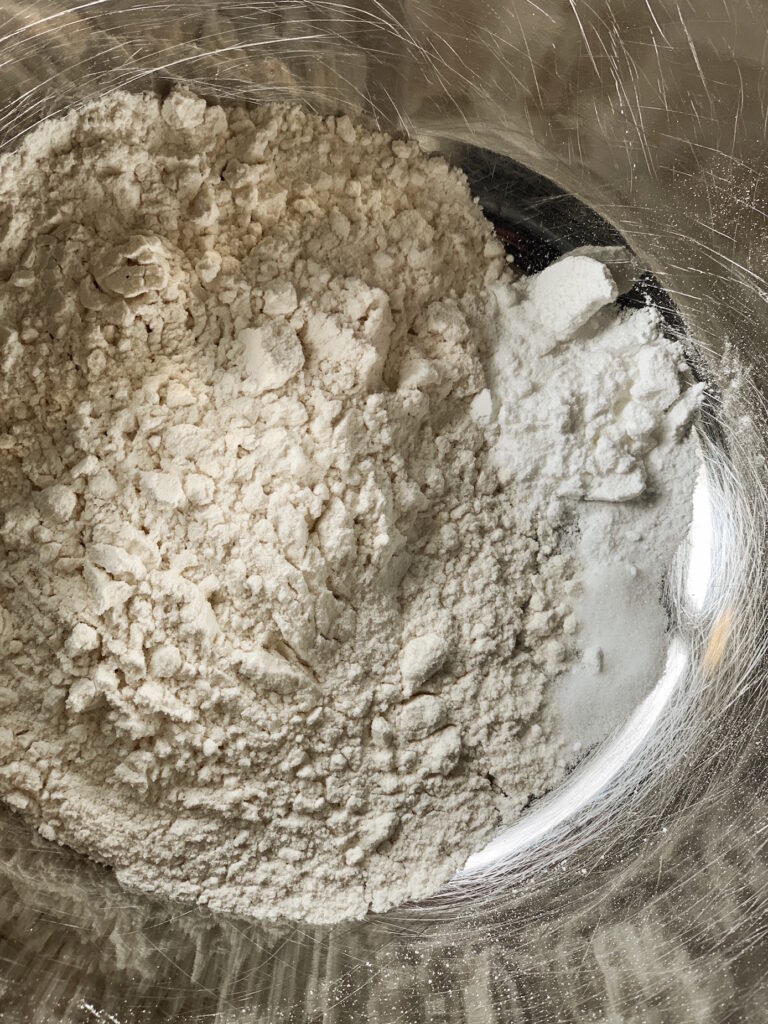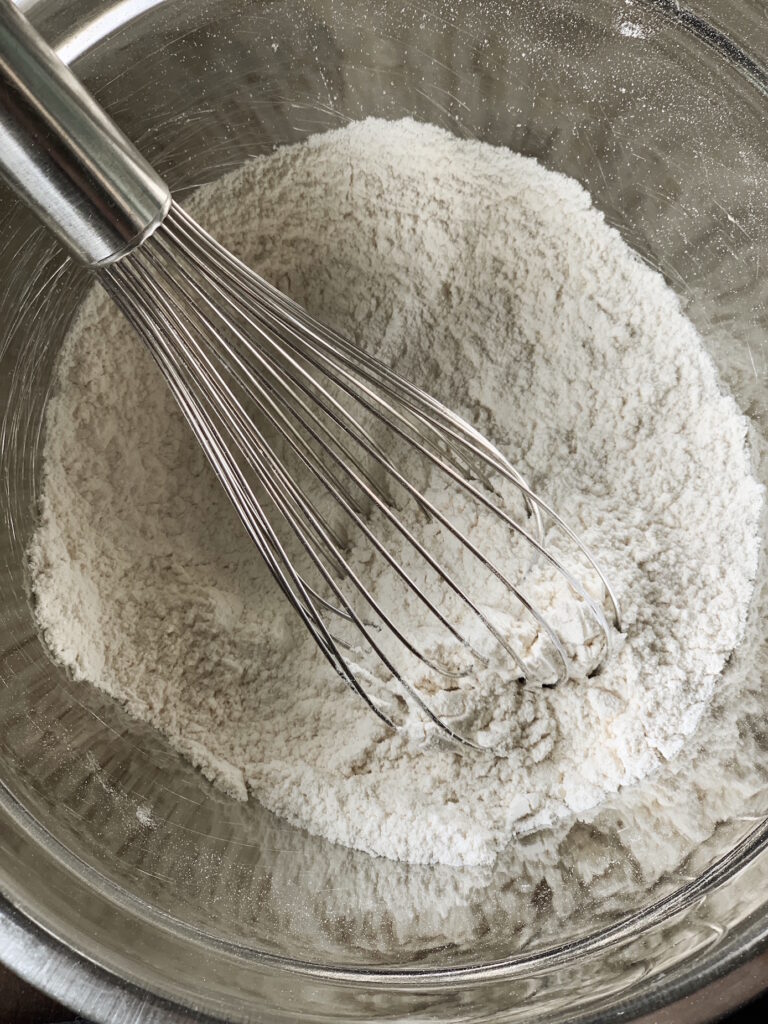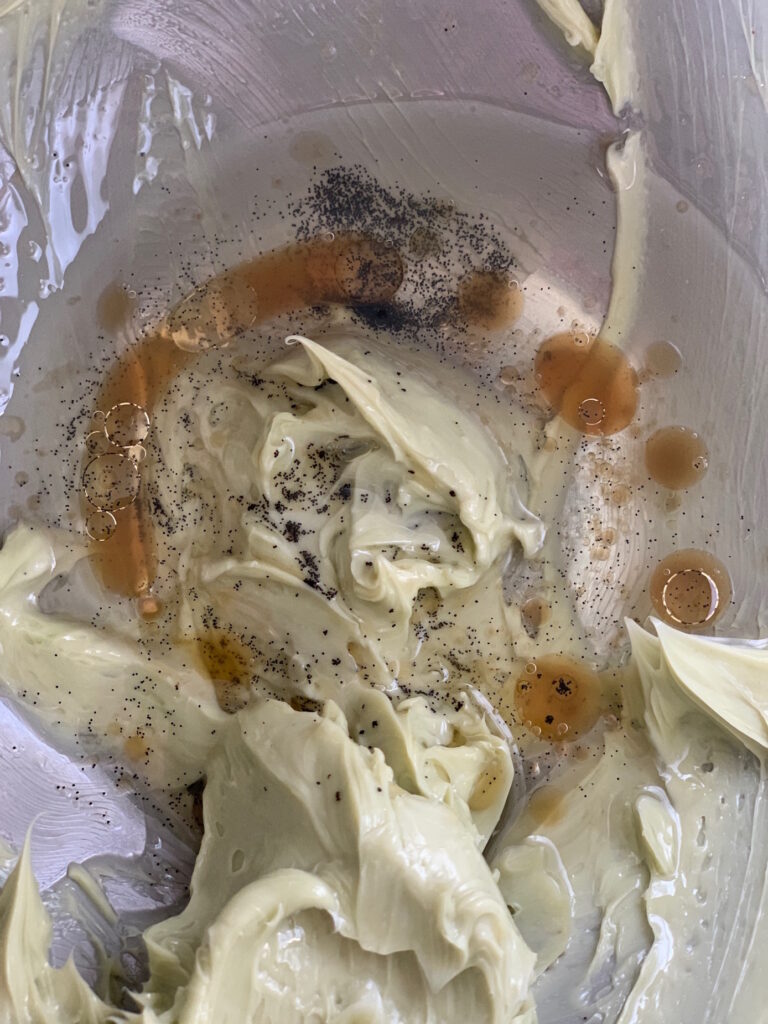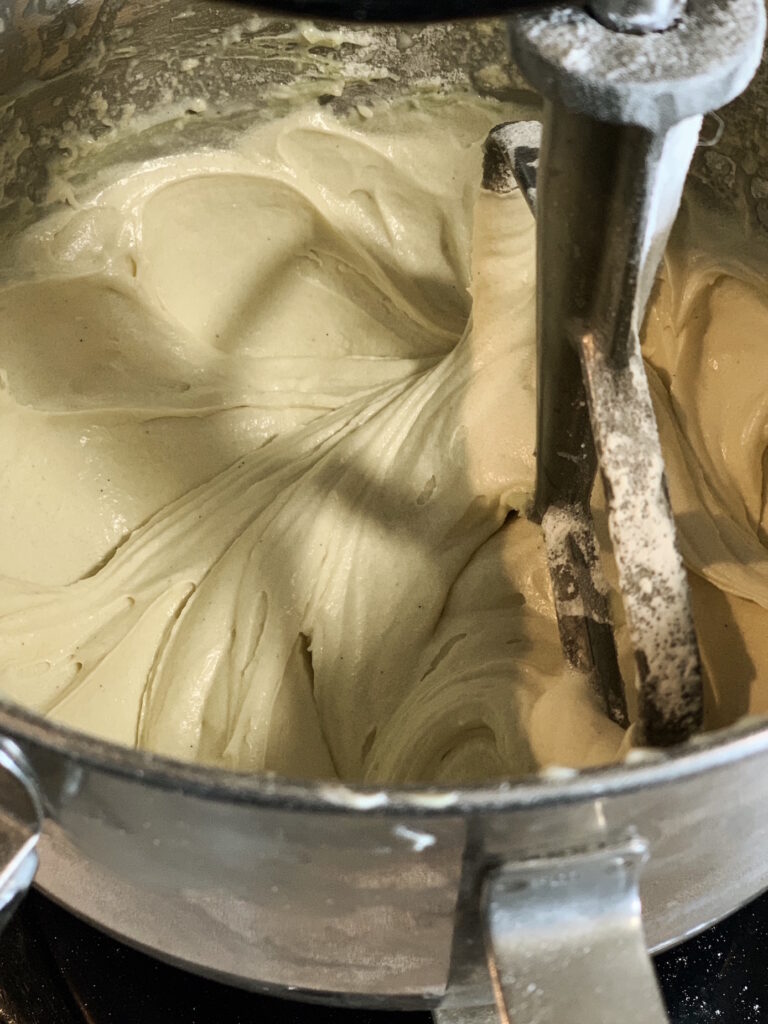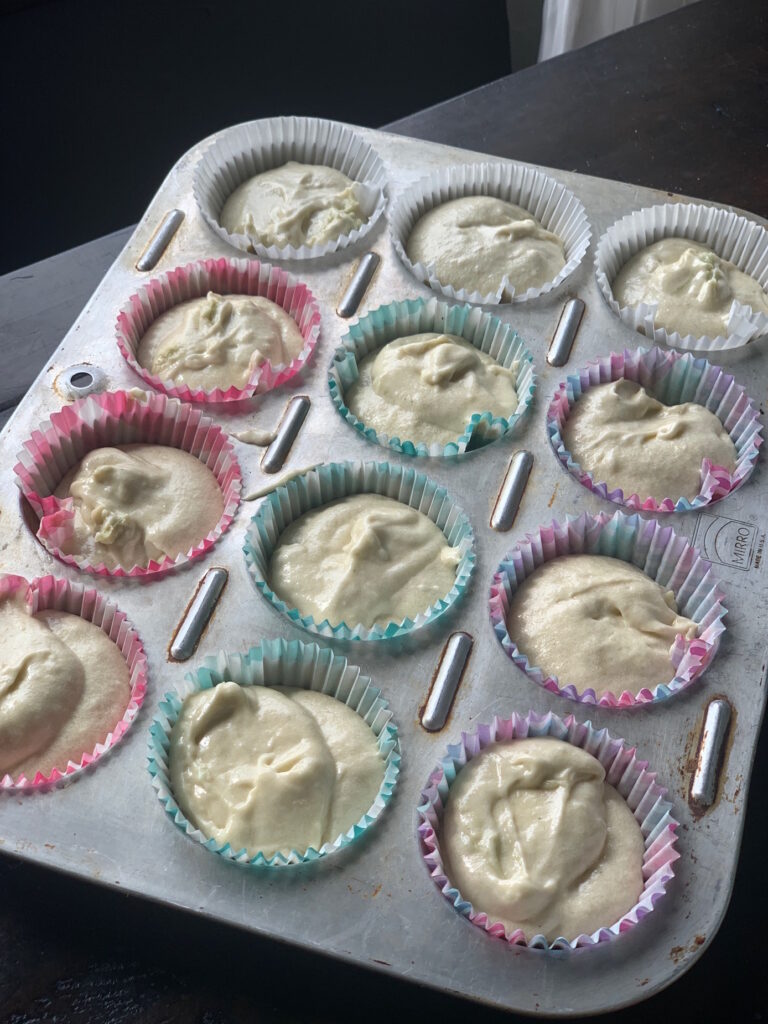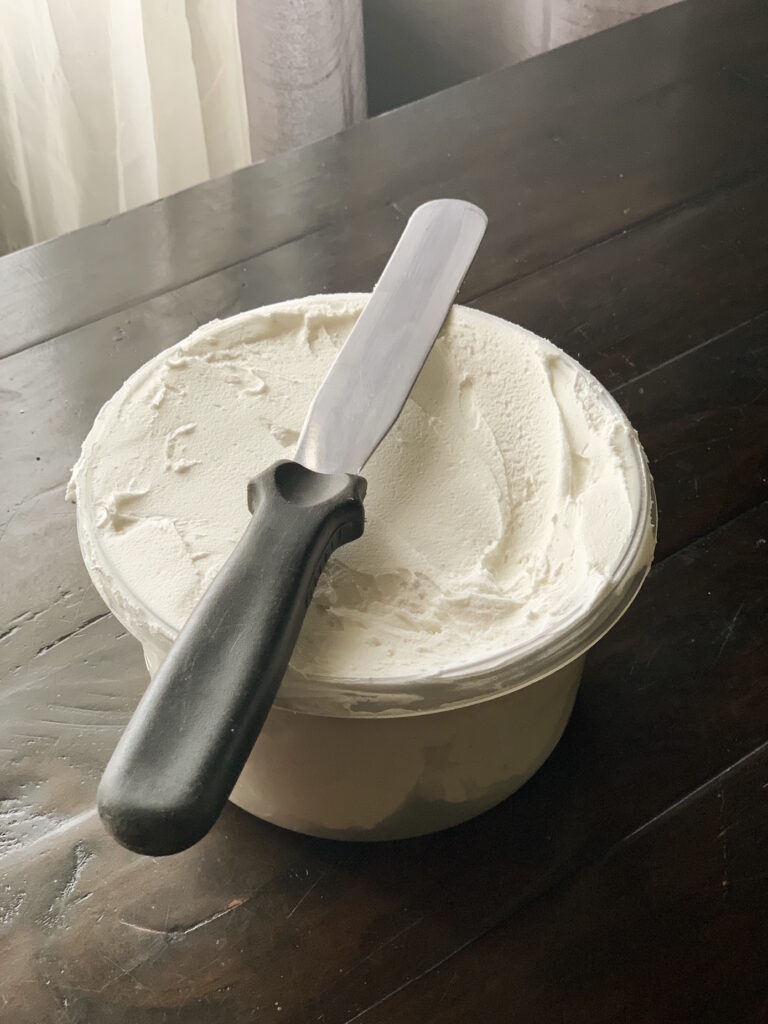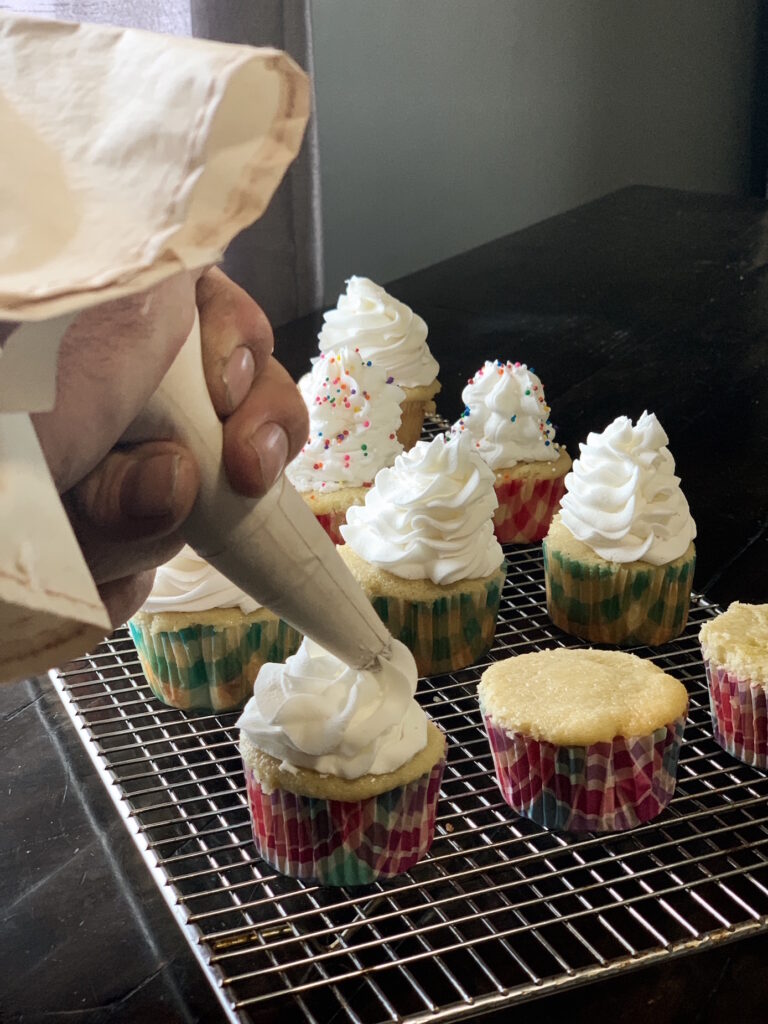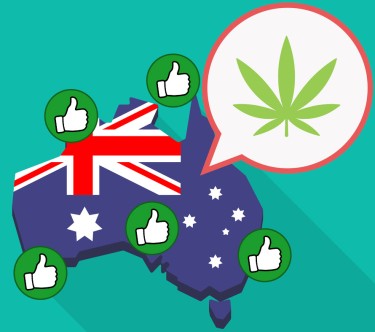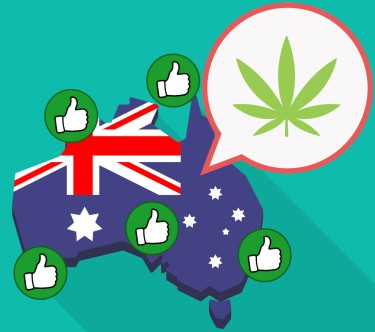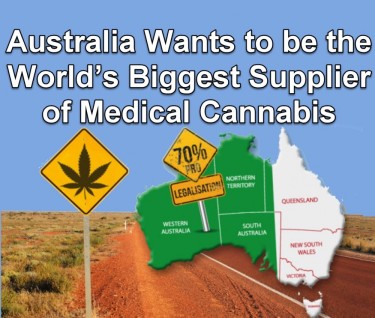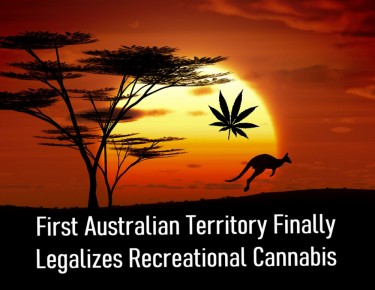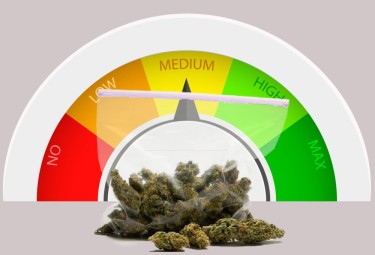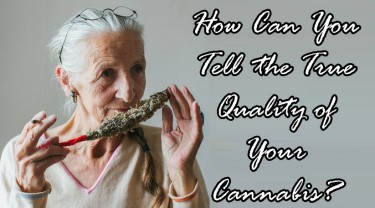
Why 2023 will be the year for growing your own Food and Medicine – Here’s some plants you should consider growing!
While I generally tend to be a very optimistic person, the way things have been going in 2022 has me perplexed.
As of writing this article, it has become blatantly obvious the level of incompetence of our global leadership actually addressing the real issues people have been facing – and rather, quite dogmatically cling to their partisan narratives
One of the more distressing trends I have seen is the direct assault on food supply for the sake of the “climate”.
Don’t get me wrong, I believe the earth should have legally-binding rights and global societies should always strive towards finding a homeostatic balance between earth and our desires for expansion.
However, the overall “climate narrative” that is being sold to us by Private Jet Setting millionaire-billionaires and special interest groups is NOT for the betterment of the planet.
While this article isn’t about poking holes in the “Climate Disaster Narrative” I simply look at the measures being passed by climate crusaders in countries like Shri Lanka and the Netherlands – and how it is directly impacting everything we hold dear.
All in the name of “saving the planet!”
Rules for Thee, not for Me!
Interestingly though, the mega corporations that are “part of the fold” hardly have to make any significant changes in their operations. We don’t see the wealthy give up their private jets or large mansions, yet the rest of us have to ride-share, reduce out consumption habits, track our carbon, report to the government, etc…otherwise we’re DOOMED!
While it’s true that we – as a society – need to be mindful of our consumption choices, but before we limit nitrogen levels in farmlands, perhaps we could address the fact that we throw out 50% of all of the food that we produce.
Publications like NPR would remind you that “It starts with you!”, shielding corporate interests from ever taking any real responsibility in the practices they fermented in the collective minds of the consumers.

Decades of aggressive and suggestive advertisement, selling of a consumerist dream, promoting the “throw away culture” – only to flip it on the consumers and call them Bioterrorists for doing exactly what they have been engineered to do!
Why don’t Coca Cola and all major soft drink companies invest in mass desalination plants all over the world? Doing this would solve many of humanity’s problems, they have the money – and they are part of the problem in mass consumption of water – upsetting the ecosystem.
In a way, they are ethically obliged to do this small simple act of building facilities to extract unsalted water from the oceans – which according to the Climate Disaster promoters are rising in sea levels. All the more reason to extract it and send it to our waterways, places where people are suffering water shortages.
These are all practical solutions – things that these “Climate Engineers” would never dare talk about. Hell, stopping the proliferation of war would have a far more significant impact in favor of the planet than everyone going vegan – just saying.
Is there Hope?
So far, for every push for totalitarianism, there has been a push back by free-independent thinkers and doers. In the current assault on our global food production, where we are seeing a dramatic increase in costs associated to all the lock downs, wars, and embargos the current global administrations decided were the “best way forward” through the shitshow they engineered over the past few years.
If you have been paying attention, you’d understand that we live as a global society. Shri Lanka is the canary in the coalmine…or the ferret in the Tesla factory…or something like that.
Shri Lanka had too much debt – with 30%+ held by BlackRock – and with strict environmental policies being enforced so they didn’t lose their credit – forced the government to buy out farms, and reduce nitrogen significantly – which led to a food production collapse.
Now with no gas, no food, and everything coming to a dismal standstill – the people rose up against their leadership – and now, there is no law there…it’s pure unorganized chaos. Anarchy driven by need and chaos.
Fortunately, as we saw Truckers stand up against Covid Regulations all over the world, we’re seeing the Farmers of the world unite to stand up against these global measures.
Irrespective of where you sit on the climate debate, you have to acknowledge that “not eating food” will be a bad move for humanity as a whole. This will breed a highly volatile situation, and typically it’s here where dictators and authoritarians promise to “bring order” by ethnically cleansing the opposition.
Don’t believe me?
Read your history!
Which bring us to the true purpose of this article…
What Plants do you need to start growing at your home today in order to survive the coming manufactured food shortages?
I am a firm believer in fractal-societies, where the individual sits at the center of it all and through a principle of interdependence, we sustain each other. Stronger together than apart.
I could go into lengthy details about how to set this up in society, however I’m going to address the issue of food and medicine, and why self-sustainability is the way to ride out the coming storm.
Let’s begin with food:
Grow your Foods
I live in a highly urban area, but I converted my balcony and available spaces to food production. My kitchen has its own herb garden and the lights from the kitchen is more than enough to make it work. You can also grow food from scraps, like carrots, garlic, onion, etc.
According to a few Prepper Sites (the most prepared for a food shortage situation) the best foods to grow at home are;
-
Beans (assorted)
-
Corn
-
Winter Squash
-
Potatoes (can make vodka)
-
Carrots
-
Cabbage
-
Kale
-
Sweet Potatoes
-
Garlic
-
Herbs
All you need is some good soil, pots and you can start growing as soon as possible. It will take you a few months before you see any results, but if you start now, by this time next year you’d probably be able to completely sustain yourself from your garden.
If you’re into meat, etc – you can consider getting chickens that lay eggs daily, and can be another source of protein. Feed them hemp and some of the corn you’re growing and you’ll have awesome tasting chicken readily available. Of course, since you won’t be pumping them full of hormones, they will take longer to fatten up – but in a world where chicken could cost you $15-$20 per pound.
Don’t believe me? Check out this chart about the average cost per boneless chicken in the US…

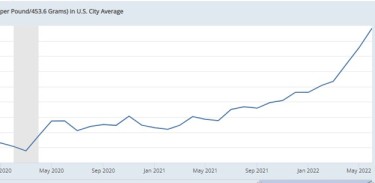
Perhaps we correct our ways and get things under control…but judging by the past few years…what’s your gut telling you?
Now, if food’s going to get expensive…you can damn well bet that so will medicine, which brings us to our next crop to grow…DRUGS!
Grow Your Medicine
I would see if there’s any crossover between your Medicine and Food production, that way you can reduce space consumption because there is a cost to sustain this configuration of living. However, that cost will be significantly lower than buying from a store.
If you want some more help in “Drug Gardening” – check out this Subreddit
Here’s the plants you’ll want to grow;
-
Cannabis – Cannabis is a versatile crop and a powerful medicine. Apart from being able to consume the leaf and utilize the roots in salves or lotions, cannabis can also provide you with oil, which will help boost the immune system. You can make some RSO at home with no problem and would need to grow about 5-6 plants to sustain you and a few other people. Ideally, you’d want to get cyclical production set up – you’ll want to achieve a process of harvesting and moving the next crop into the vegetation stations. If this is not possible, one large crop to sustain you year round.
There are plenty of things you can do with cannabis, from smoking it, to drinking it in teas, anti inflammatory creams and lotions, oils, etc. This will keep you healthy and in optimal conditions for weathering any storm.
-
Aloevera – This is something you’ll want if you want to create topicals, but also for food, skin care, cloning plants, creating insecticides and much more.
-
Lavender – Mix it with your cannabis, and you’ll understand why! But also, improves sleep, relieves migraines and pain, relieves indigestion, relaxing.
-
Poppies – Poppies are abundant, easy to grow, and legal. They are also pretty as hell! Put some color into your garden and plant some poppies. You can make soothing teas to help diminish pains, etc…or do some extraction and make more potent forms of pain relief. Get papaver somniferum for the type of poppy to grow.
-
Kratom – Once more, this can be a powerful narcotic and can help diminish pain significantly. While this can also be addictive, it can be a good alternative for people who want to wean off more harmful opioids.
-
Psilocybin (and other mushrooms) – While psilocybin can be used to deal with depression, do spiritual journeys, or just to have a fun time. You should also consider getting into growing oyster mushrooms, these are fantastic sources of nutrition.
Collect some rain water while you’re at it…get some fish!
If you have the space, think about collecting rain water (even if they make it illegal) and get an aquaponics set up…this way you can incorporate more protein and use the aquaponics system to fertilize the garden.
But…but…it’s EXPENSIVE!
This is true, everything that I have described here won’t be cheap. It will cost time and money and will only give you returns after months.
You’ve got a couple of options here;
-
Do it in phases – figure out what is most essential and start there. You don’t have to grow it all at once. Just begin setting up your areas, grow as you can and work towards your main goal of completely self sustainability.
-
Upcycle shit! – if you’re creative, you can find a lot of stuff for free. You just have to go out into the world and find some garbage and repurpose it. Using things like Craig’s list, or Marketplace or any community service program – you can find a whole lot of tools, containers, etc. Old Mini-Fridges can grow 2-3 cannabis plants easily.
-
Work in community – as I mentioned, I’m a big fan of “interdependence” – where people come together for the common good. In this case, if you can start talking to neighbors or even friends and share the workload, you all can invest into particular activities and share your results with the group. In fact, this strategy can work exceptionally well if you organize an entire street or cul-de-sac, sharing crop loads and coming together to exchange goods as needed.
Is any of this possible?
Yes – you just need to get organized, stop thinking you can’t and get started. It’s not easy getting people on the same frequency, but bit by bit – your results will inspire others. If you help them on their journey, you can build intermodal communities where everyone supports each other while food production is reduced all over the world.
In fact, prior to the 1950s, most people grew their food at home. It wasn’t until the introduction of the Super Market that people abandoned their home gardening for the comfort of depending on corporations. Now however, the corporations are blaming you for all environmental sins and instead wants to alter your diet to suit their needs.
There’s a reason Bill Gates is buying farmland, why the Dutch government wants to shut down farms, etc…but our ace up our sleeve is that technology has made it incredibly simple to grow at home again…so maybe, if you start today – you can ride out this wave like the champ you are.
I hope that this article inspired some of you to start unplugging from the system, to become the Renegades of Freedom for a society where we all watch out for each other.
THE END IS NEAR, READ MORE…

HOW TO STORE SEEDS FOR THE COMING ZOMBIE APOCALYPSE!
